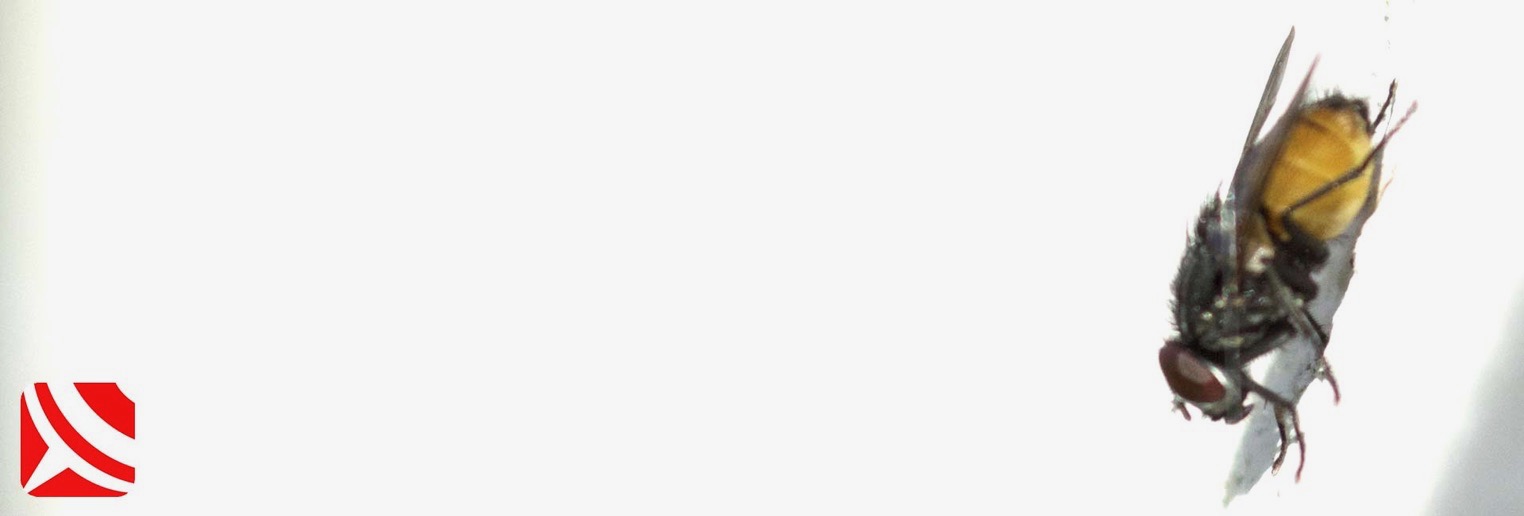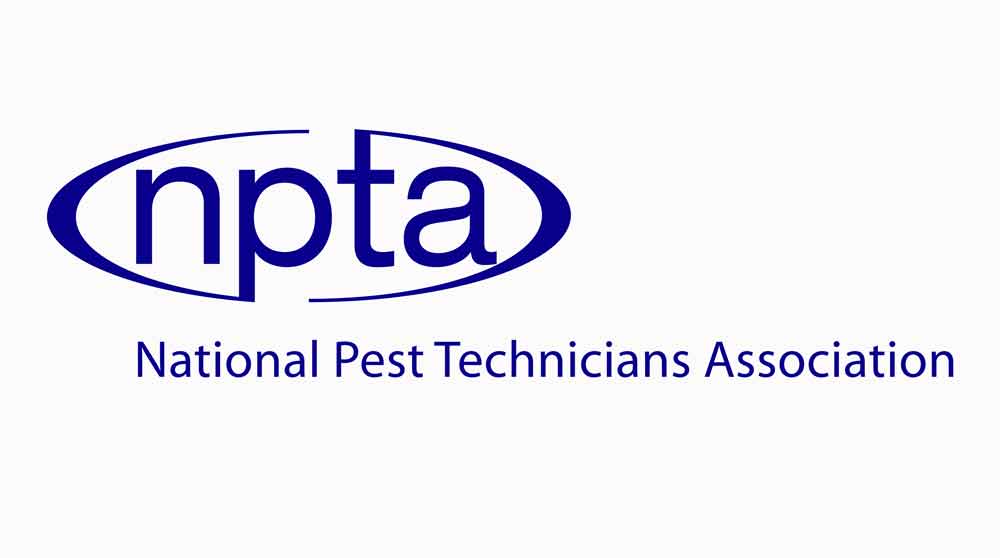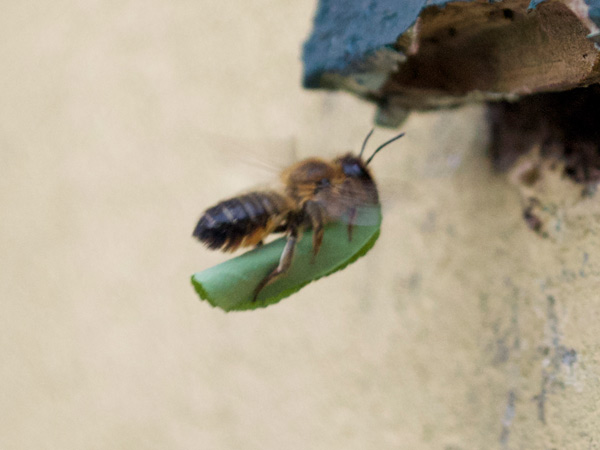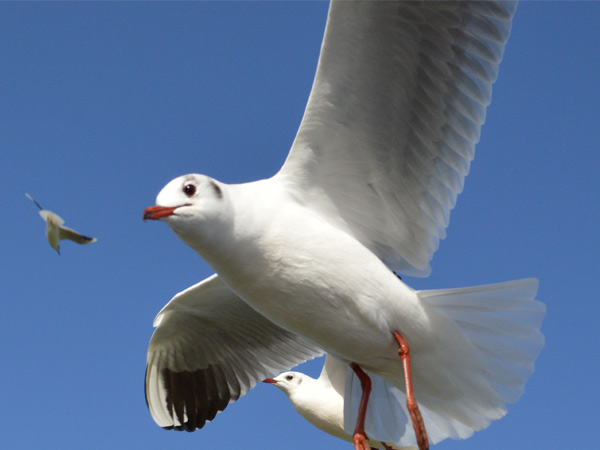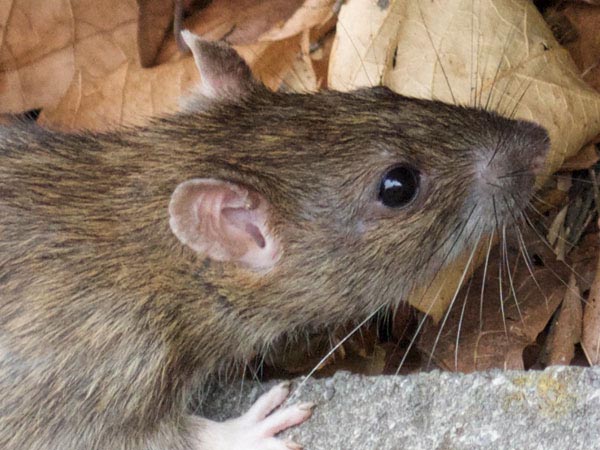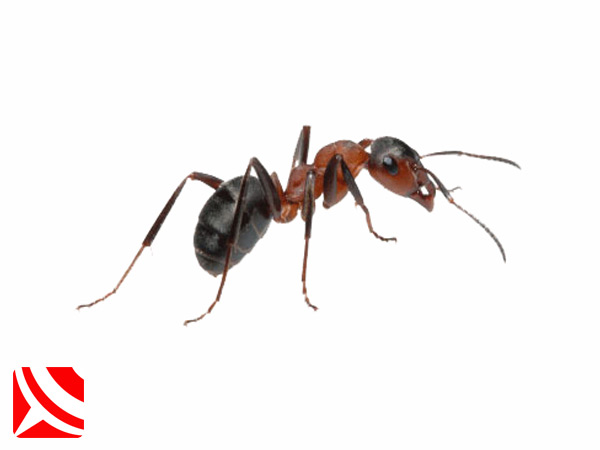Bristol House Fly Control - FAQ's
What Are House Flies?
We have two species of house fly in the UK that most people will be familiar with. These are the common house fly (Musca domestica) and the lesser house fly (Fannia canicularis)
At first glance they both look very similar and both share a very similar life cycle. They are about 6mm long, grey in colour and have four distinctive dark stripes running down the thorax, the section between the wings.
The female flies lay a 500 or more eggs in batches of around 100. These hatch within 24 hours and if conditions are conducive, mature and pupate in a matter of days. The adult flies soon hatch and live for a few weeks or so, depending on conditions.
The House flies larvae feed on a wide variety of decaying matter. These include rubbish, dead animals, faeces, unprotected/covered food, sewage and manure etc.
These flies are a major nuisance in food rooms, restaurants and food outlets of all kinds. They are not susceptible to ultra violet light traps, meaning they hang around food, and customers! All is not lost though. We can apply pesticides very safely to the surfaces on which they like to rest.
The reason surface application of insecticide can prove so effective resides with a very unpleasant behavior of these flies.
Vomit Anyone? Once they have stopped to rest, they automatically taste or sample the surface they have just landed on, by regurgitating what they have just consumed. This release of digestive juices, dissolves any food stuffs, and allows the flies to then lap or sponge it up and consume it.
This behaviour is a major reason why these flies can so easily spread diseases and these deposits can commonly be seen as unsightly speckles on light coloured or glazed surfaces on which they have rested.
Do House Flies Bite? NO - they do not bite.
What Diseases Do House Flies Carry And Spread?
House flies have been implicated and suspected of carrying dozens of different diseases.
They are among the most dangerous insects found in food preparation areas and demand effective control. Diseases most commonly associated with the house fly include: Anthrax, Cholera, Salmonellosis, Typhoid, Dysentery and the transmission of parasitic worms have also been implicated but not substantiated by species, so far as we can see.
Methods Of House Fly Control.
Cleanliness: the cleaner and more residue and food resource free an area is the less likely it will be that cross contamination will occur or that the flies will have reason to remain.
Exclusion: fly screens and other devices that actively inhibit and prevent the access of house flies into sensitive areas.
Non-Chemical and Mechanical Measures: fly papers, fly swatters, sticky boards and Electronic fly killers are all examples of non-chemical control.
Chemical Control: (when all other methods have failed or been considered) surface insecticides include those that are mixed with sugar and water to create an attractive feeding opportunity. Once the flies feed they very quickly die. Other pesticide delivery and treatment methods that are not suitable for food prep areas, include fogging and the use of smoke generators.
All will have an effect on these insects, and a combined approach is the best possible way of effectively controlling these flies.
